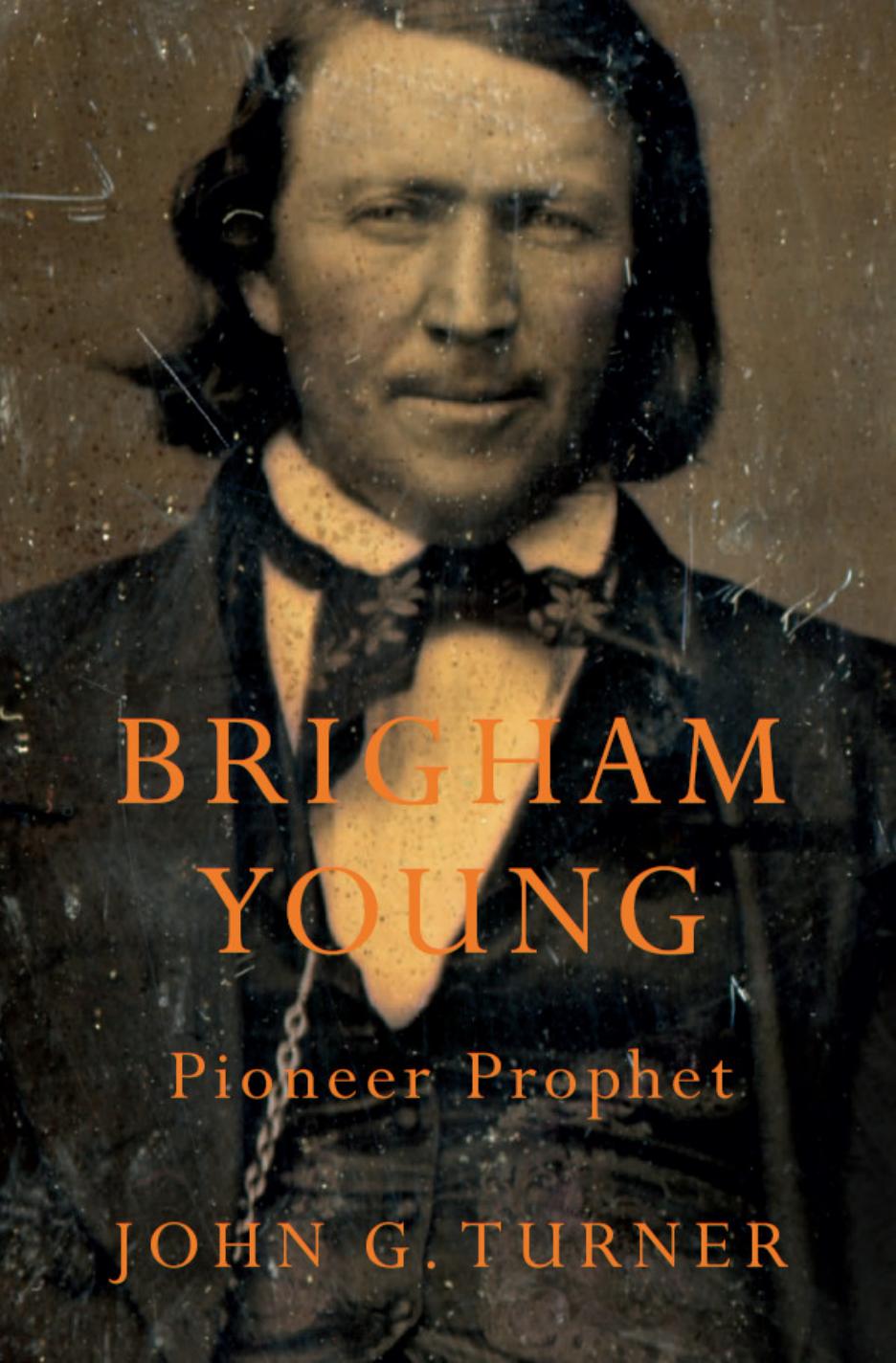Brigham Young: Pioneer Prophet by John G. Turner

Author:John G. Turner
Language: eng
Format: mobi, pdf
Publisher: Harvard University Press
Published: 2012-09-25T07:00:00+00:00
Jedediah Grant, late-nineteenth-century engraving of earlier photograph (courtesy of Church History Library, The Church of Jesus Christ of Latter-day Saints)
In Young’s mind, one sign of lukewarm commitment was the hesitancy of many church members to enter into plural marriage. During the reformation, Young pointedly reminded the congregation that “multitudes of pure and holy spirits [were] waiting to take tabernacles.” Righteous men, he argued, had an ongoing responsibility to create those bodies. “If my wife had borne me all the children that she would ever bare,” he explained, “the celestial law would teach me to take young women that would have children.” Mormon men and women signaled their renewed commitment to their religion by responding to such calls. Letters from men and their bishops poured into Young’s office, requesting permission to take additional wives. Young’s clerk Thomas Brown pronounced himself “astonished at the number of applications for permission to take wives.” Pleased with the response, Young told most supplicants to “go ahead.” With particular satisfaction, Young noted that the handcart “Sisters . . . are almost all married off; they are much in demand.” The Saints took the reformation preaching of their leaders to heart.68
The marital stampede led to a decrease in the marriage age. “Nearly all are trying to get wives,” Wilford Woodruff wrote the following spring, “until there is hardly a girl 14 years old in Utah but what is married or just going to be.” Woodruff himself offered his fourteen-year-old daughter Phebe in marriage to Young, who informed the apostle that he was no longer marrying “young wives.”69 Although marriages of fourteen-year-old girls were not unheard of in the rest of the United States (the legal age of consent was often twelve for wives), such unions were very rare. Mormon leaders, by contrast, blessed an unusual number of early marriages, especially during the reformation. Writing to one supplicant, Young granted him permission to wed a thirteen-year-old girl but instructed him to “preserve her intact until she is fully developed into Womanhood.”70 Similarly, he counseled another applicant to “ ‘Go ahead’ but leave children to grow.”71 Even so, Young found some requests distasteful. “Old Father [seventy-three-year-old James] Alread brought three young girls 12 & 13 years old,” he once complained. “I would not seal them to him. They would not be equally yoked.” The issue arose repeatedly during early 1857, and while Young recognized it as a problem, he granted local leaders and families considerable latitude. For the most part, his deep satisfaction over the matrimonial response of the Saints trumped such concerns. Thus, while refusing to countenance some early marriages, Young usually encouraged men to grab what he termed the “long tail of the ‘Reformation.’ ”72
Just as the American South was a slave society even though only a minority of white men owned slaves, Brigham Young’s Utah was very much a polygamous society despite the fact that only a minority of Mormon men were ever married to more than one woman at the same time. Polygamy was an
Download
Brigham Young: Pioneer Prophet by John G. Turner.pdf
This site does not store any files on its server. We only index and link to content provided by other sites. Please contact the content providers to delete copyright contents if any and email us, we'll remove relevant links or contents immediately.
| Africa | Americas |
| Arctic & Antarctica | Asia |
| Australia & Oceania | Europe |
| Middle East | Russia |
| United States | World |
| Ancient Civilizations | Military |
| Historical Study & Educational Resources |
Cat's cradle by Kurt Vonnegut(14763)
Pimp by Iceberg Slim(13781)
Underground: A Human History of the Worlds Beneath Our Feet by Will Hunt(11840)
4 3 2 1: A Novel by Paul Auster(11794)
The Radium Girls by Kate Moore(11624)
Wiseguy by Nicholas Pileggi(5320)
American History Stories, Volume III (Yesterday's Classics) by Pratt Mara L(5138)
Perfect Rhythm by Jae(5074)
The Fire Next Time by James Baldwin(5022)
Paper Towns by Green John(4804)
Pale Blue Dot by Carl Sagan(4621)
A Higher Loyalty: Truth, Lies, and Leadership by James Comey(4554)
The Mayflower and the Pilgrims' New World by Nathaniel Philbrick(4283)
The Doomsday Machine by Daniel Ellsberg(4248)
Killers of the Flower Moon: The Osage Murders and the Birth of the FBI by David Grann(4191)
Too Much and Not the Mood by Durga Chew-Bose(4096)
The Sympathizer by Viet Thanh Nguyen(4096)
The Borden Murders by Sarah Miller(4021)
Sticky Fingers by Joe Hagan(3913)
